
Fun Places to Go in Fresno, CA for Seniors and Families
Fresno is a vibrant city full of attractions that cater to all ages, including seniors seeking enriching, leisurely experiences. Whether you’re a local or planning
Gain expert insights and practical tips to help seniors and their families navigate senior living with confidence.
Category: Independent Living

Fresno is a vibrant city full of attractions that cater to all ages, including seniors seeking enriching, leisurely experiences. Whether you’re a local or planning

As people age, keeping track of daily medications can become increasingly challenging. That’s why medication reminders for the elderly are essential in supporting independence, health,
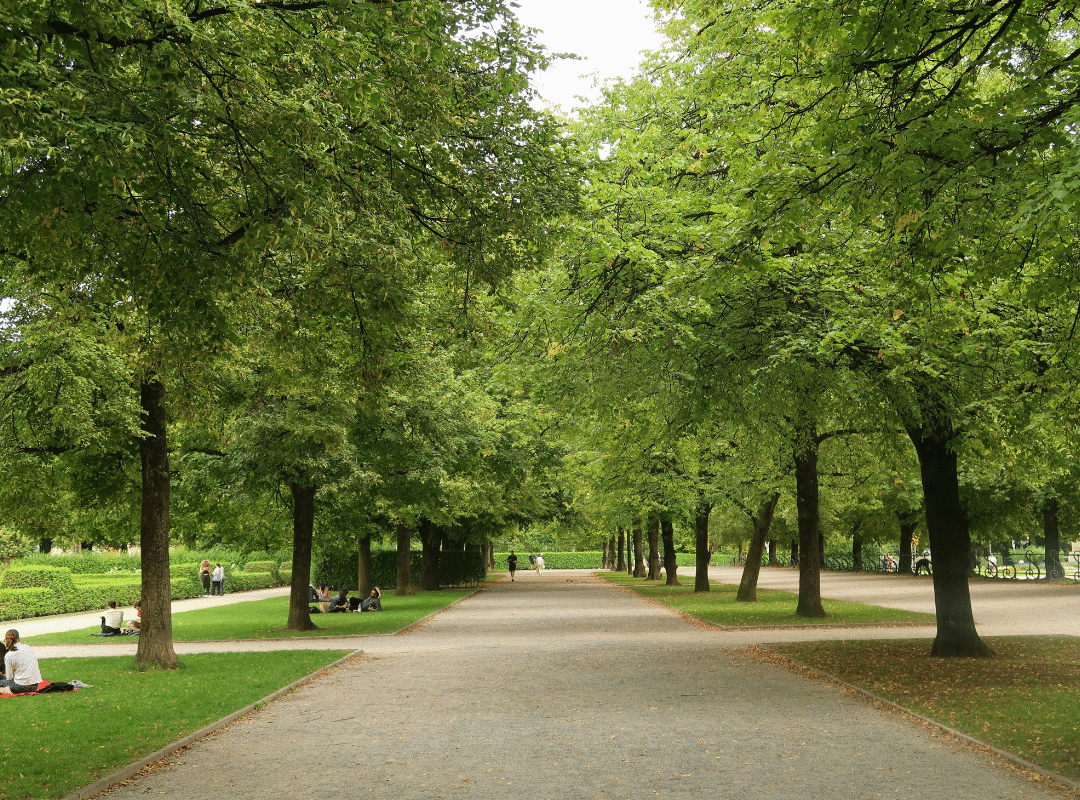
Lincoln City is more than just a picturesque coastal town—it’s also home to one of the most vibrant and inclusive senior recreation programs in Oregon.

Finding the right memory care in Orange County can feel overwhelming—especially when your loved one is facing the challenges of Alzheimer’s or dementia. The good
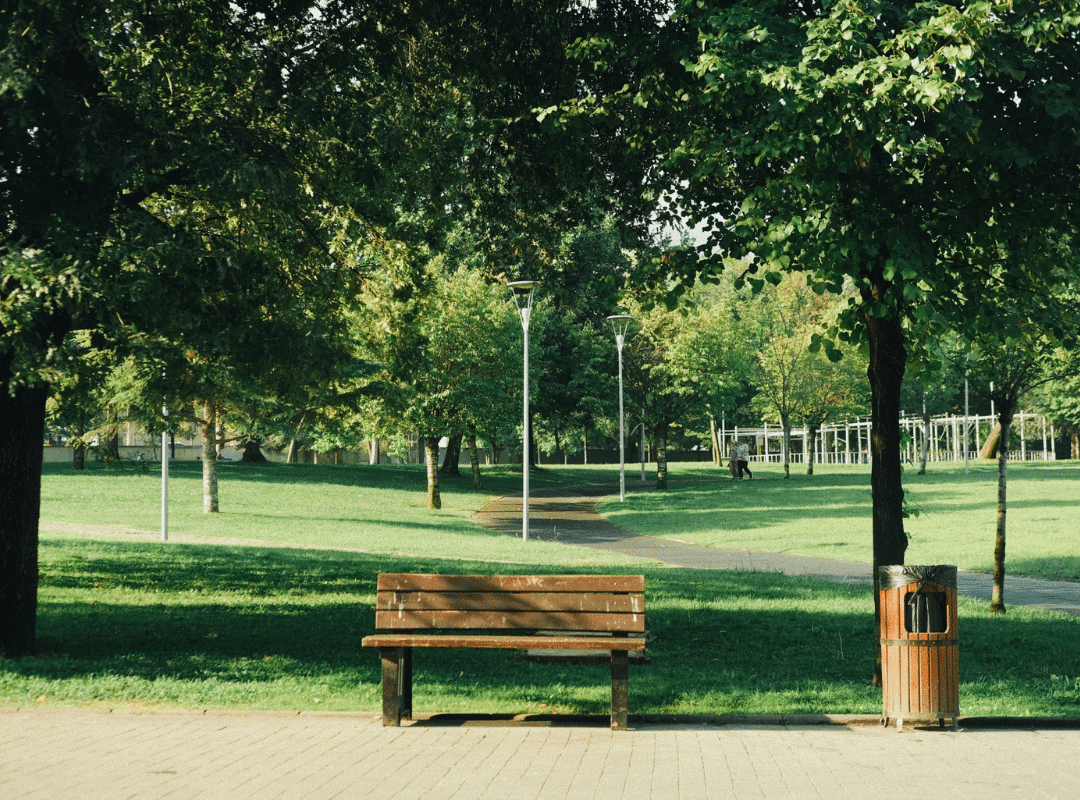
Looking for a way to refresh your mind, move your body, and connect with nature? Whether you’re a senior seeking peaceful walking paths, a family
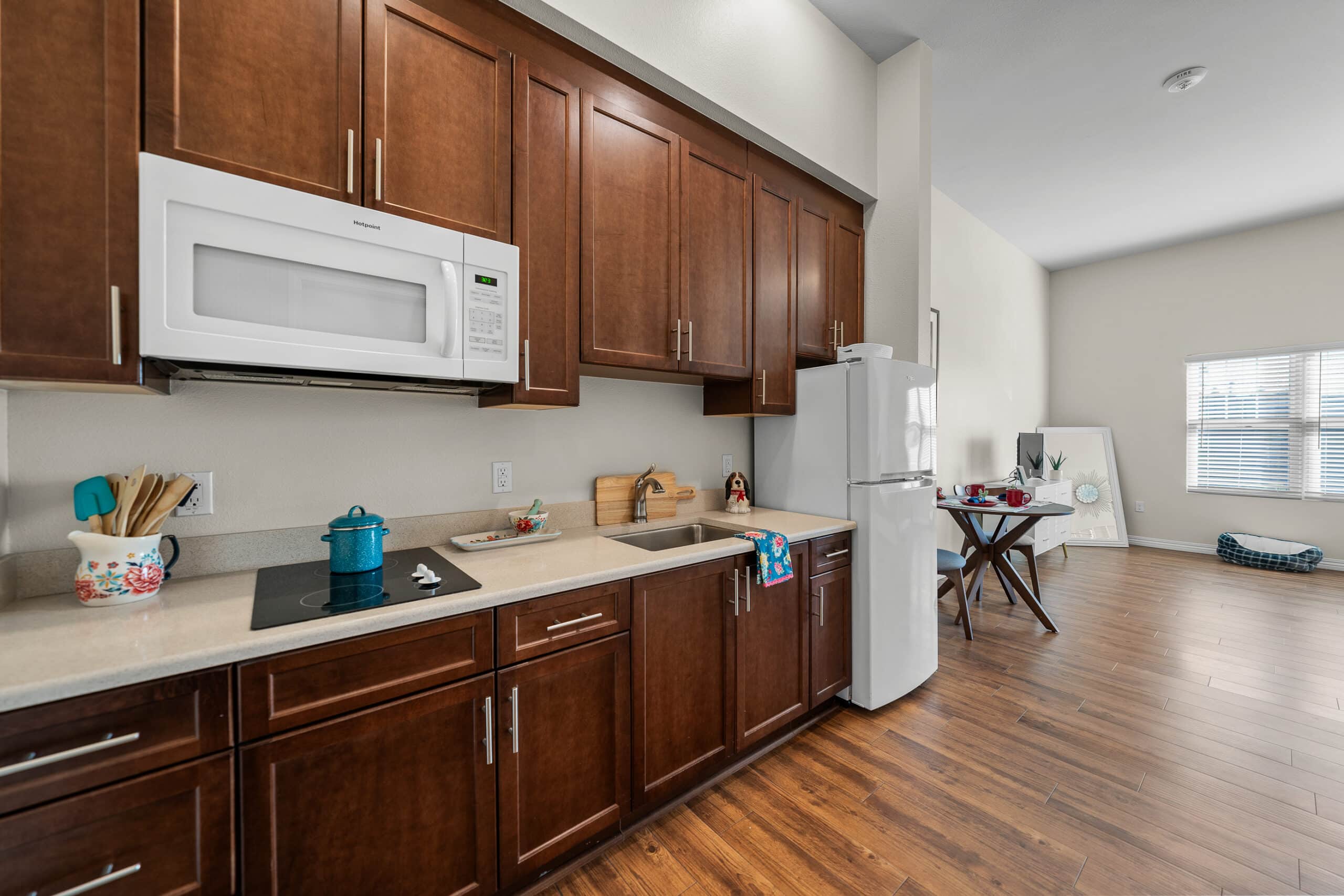
If you’re exploring options for senior living in La Mesa, CA, you’re likely seeking more than just a place to stay—you’re looking for a lifestyle
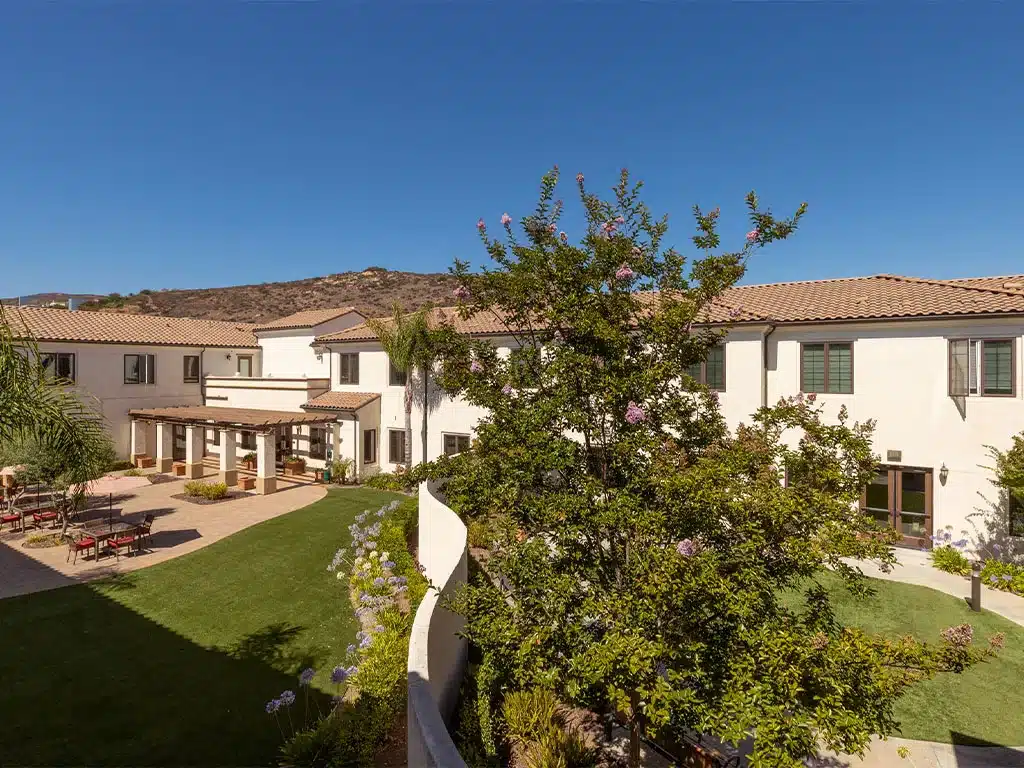
Choosing the right local assisted living facilities can feel overwhelming—but it doesn’t have to be. Whether you’re helping a parent, grandparent, or loved one transition
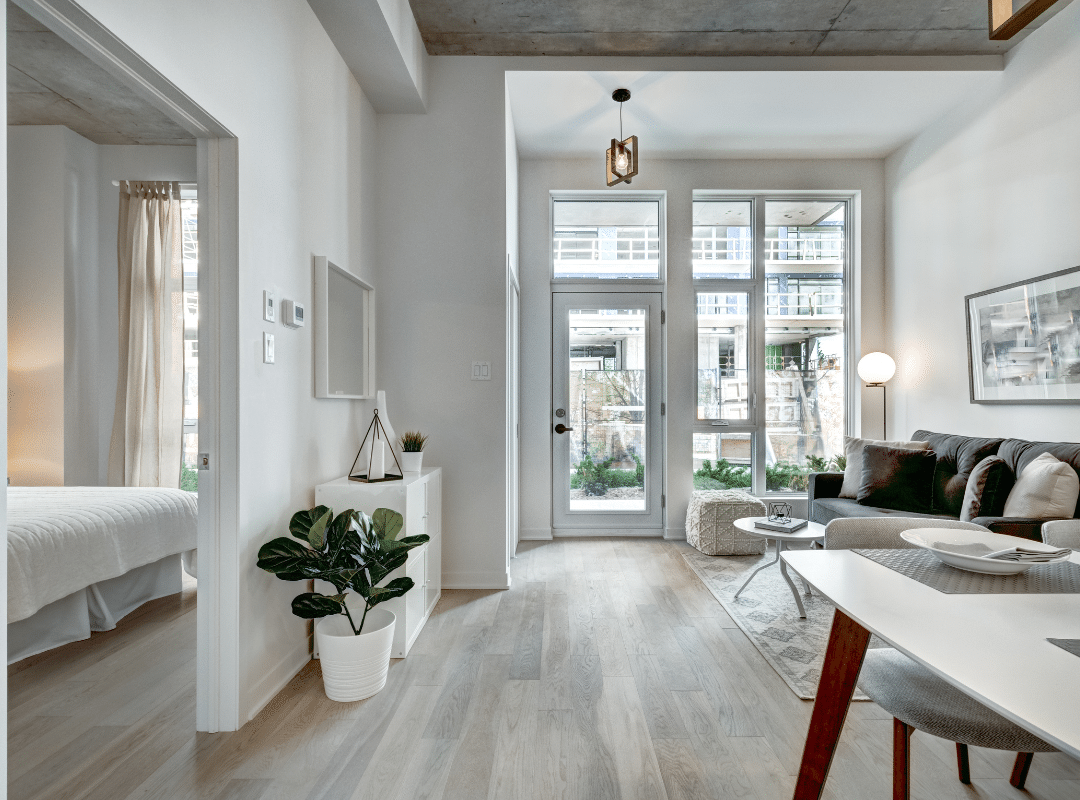
If you’re seeking the perfect blend of independence, comfort, and community, senior apartments in Santa Barbara offer an ideal lifestyle tailored to your needs. Whether
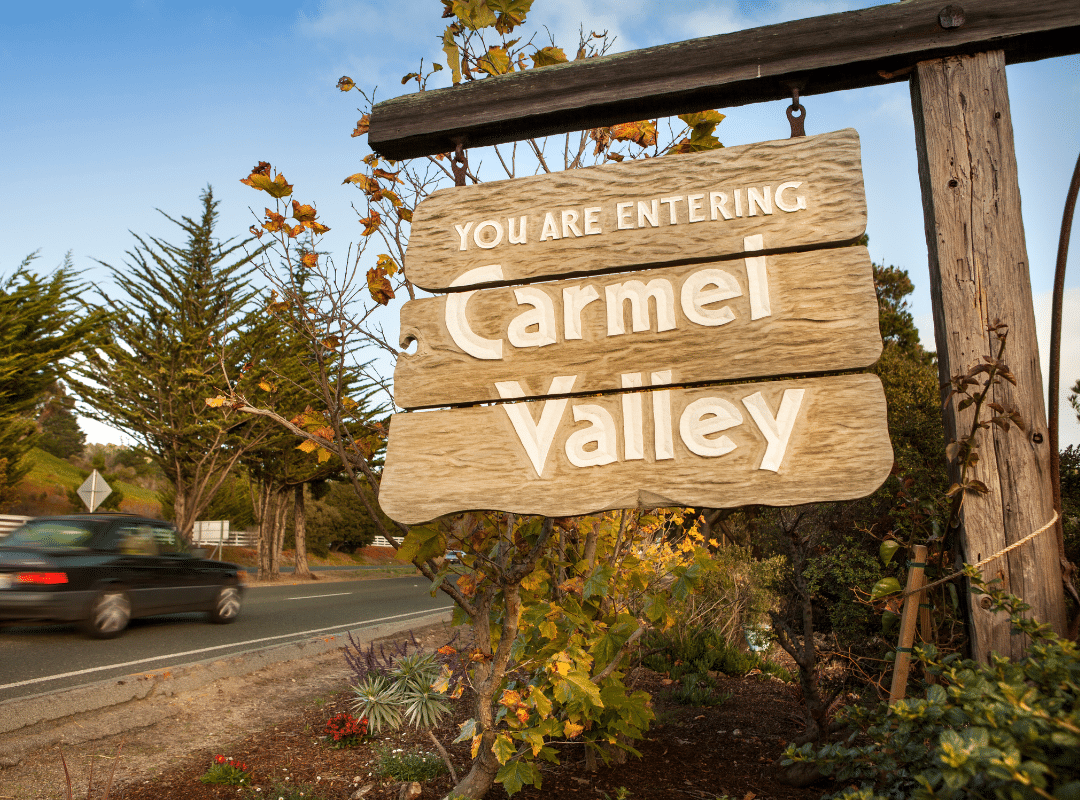
When life becomes overwhelming, spending time in Carmel Valley Parks offers a soothing and rejuvenating solution—especially for seniors. Whether you’re seeking peaceful solitude, engaging community

When your aging parents have trouble speaking, it can be emotionally overwhelming and logistically confusing. Whether it’s struggling to form words, pausing mid-sentence, or avoiding
Discover the level of care you or your family member requires.
Popular Blogs





Find out if you or your loved one’s current lifestyle is best suited for long, healthy aging.
Each of our communities across California and Oregon offers a unique blend of activities, connection, and wellness.
Embrace a lifestyle where your interests and independence are celebrated every day.
9000 Murray Drive La Mesa, CA 91942
Luxury redefined in a resort-style setting, tailored for dynamic senior living experiences.
190 Via Jero, Goleta, CA 93117
Where warmth meets care, curating an inviting senior living experience.
17050 Arnold Drive Riverside, CA 92518
A harmonious blend of belonging, independence, and enriching senior lifestyles.
All Rights Reserved. Powered by ConversionFormula.
Pick a Westmont community to explore and schedule your personal walkthrough!
Make yourself at home where a happy, healthy lifestyle goes hand-in-hand with your personal fulfillment, enrichment, and growth.
Answer a few quick questions to unlock the exciting future senior living can offer!